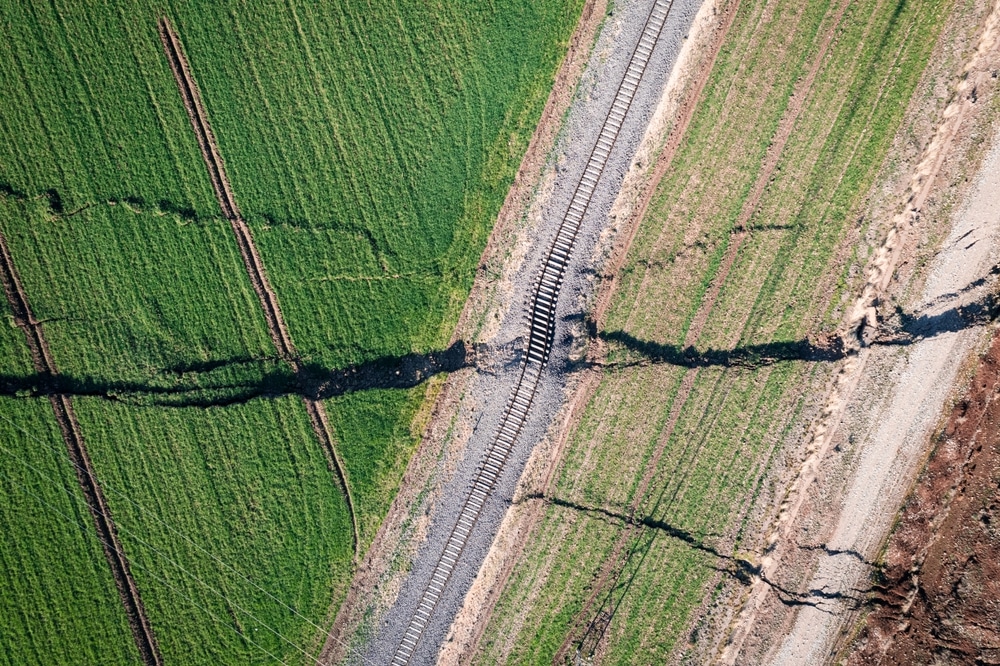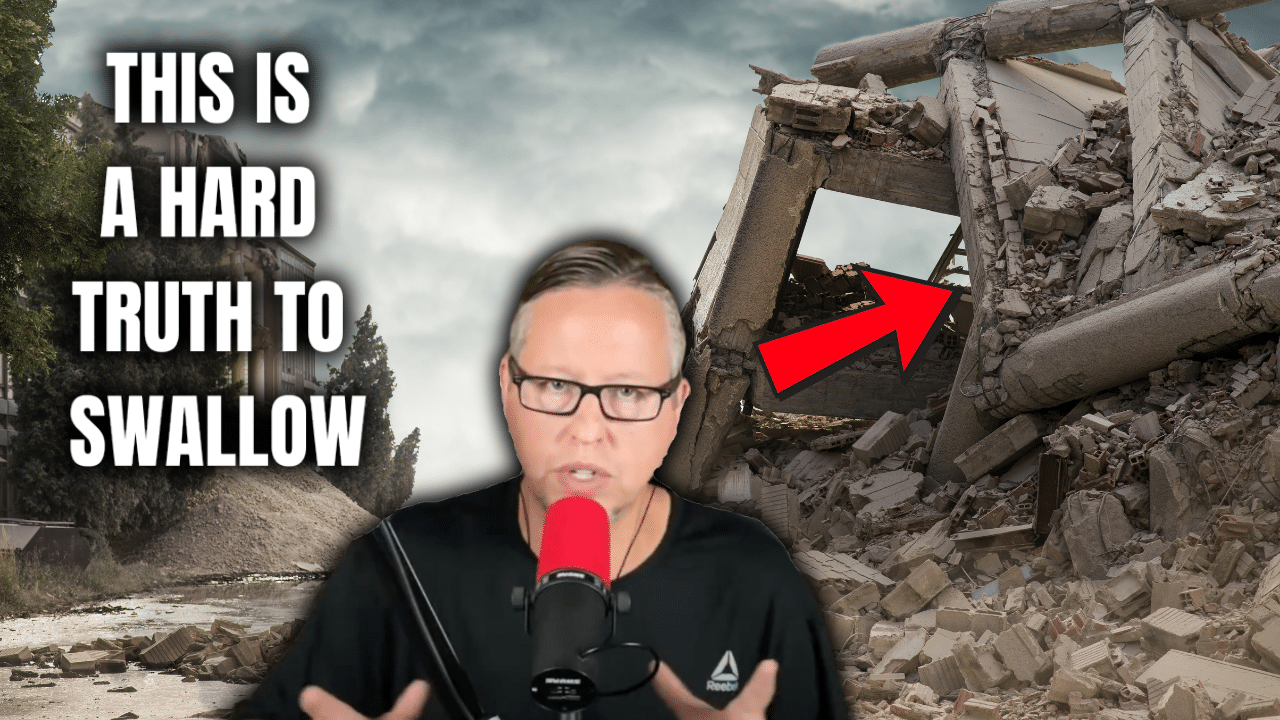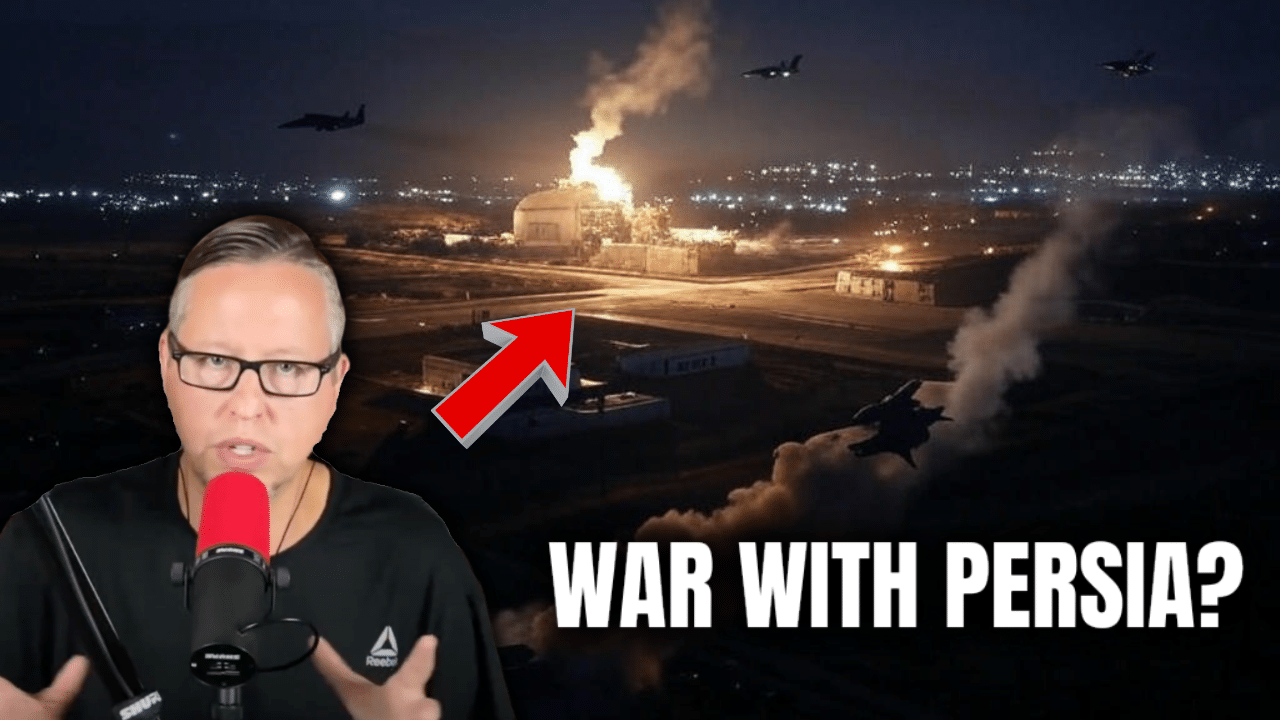A mega earthquake could rock America’s heartland – home to at least 11 million Americans – in the next 50 years.
Scientists say a little-known 150-mile-long stretch through Missouri, Arkansas, Tennessee, Kentucky and Illinois, has the conditions to generate a 6.0-plus magnitude quake.
The National Guard this week in St Louis conducted earthquake preparation drills that simulated a focused response to an 8.4 magnitude earthquake.
Experts put the chance of a quake that size happening within the next 50 years at around 40 percent and ‘every year that goes by, the likelihood becomes greater,’ according to Robbie Myers, an emergency coordinator with the Missouri Department of Safety.
The most significant destruction is predicted to occur in St Louis, Missouri, and Memphis.
But Myers said thousands of people could die, bridges crossing the Mississippi River could fall, major highways including Interstate 55 could buckle while oil and gas pipelines could break, causing nationwide disruptions.
Historical records have shown that from December 1811 to February 1812, the New Madrid Seismic Zone (NMSZ) triggered three major events believed to reach a 7 magnitude or more, as well as ruptures in 15th and 10th centuries.
‘[An earthquake] in the next 50 years is a strong possibility, and people should take precautions,’ said Myers.
‘Right now there is nothing more pressing and every year that goes by, the likelihood becomes greater.’
The US Geological Survey (USGS) released its latest National Seismic Hazard Model earlier this year, finding that 75 percent of the US – home to hundreds of millions of Americans – is at risk of damaging earthquakes.
The model, last updated in 2018, included 350 fault lines, bringing the total to about 1,000 faults.
The most famous is the San Andreas that runs through California, but other researchers have been sounding the alarm about NMSZ.
Missourians had earthquake drills in school, many noting for as long as they could remember.
Eric Sandvol, professor of geological sciences at the University of Missouri, told DailyMail.com that scientists need to ‘do more to understand the earthquakes in this region.’
The National Guard held its first training for earthquakes this week in Missouri and cities, like Memphis and St. Louis, are retrofitting bridges in preparation.
‘We’re really worried about in the case of an earthquake like that are bridges because bridges,’ said Sandvol.
‘If we lose a lot of the bridges here, transportation its going to be much harder.
‘You might have to rely much more on air for getting help and aid into a damage zone, and getting people out of that is going to be much more of a challenge.’
Chris Cramer, a geophysicist at the University of Memphis, told Undark that a major earthquake near New Madrid would cost the nation an average of $10 billion a year for 100 years from damaged buildings and lost infrastructure.
Most of the earthquake preparation in the US has so far have been focused on California, which experts say is about 80 years overdue for ‘The Big One’, a massive earthquake where tectonic plates slide past each other along the 800-mile long San Andreas fault.
This focus on California has made it harder for experts in Missouri and other states on the fault to convince officials and the public to be prepared.
An earthquake in this area can be more dangerous than what’s recorded on the West Coast, the Missouri Department, said.
‘Due to the nature of the bedrock in the earth’s crust in the central United States, earthquakes in this region can shake an area approximately 20 times larger than earthquakes in California,’ the Missouri Department of Natural Resources said in a blog post.
Earthquakes occur when tectonic plates suddenly slip past one another, releasing energy in waves that travel through the Earth’s crust and cause the ground to shake.
Sandvol told DailyMail.com that unlike California that has two tectonic plates, but none exist in the Midwest.
‘You’re in the middle of the North American plate. In fact, the closest plate boundary you have is the Caribbean,’ he said.
‘So how is it that we have earthquakes there? A partial answer to that is, we’re not really sure there’s a lot. We don’t understand about it.’
That means there are fault lines that cause earthquakes, which makes the tremors in the area so odd, he explained to The Kansas City Star.








